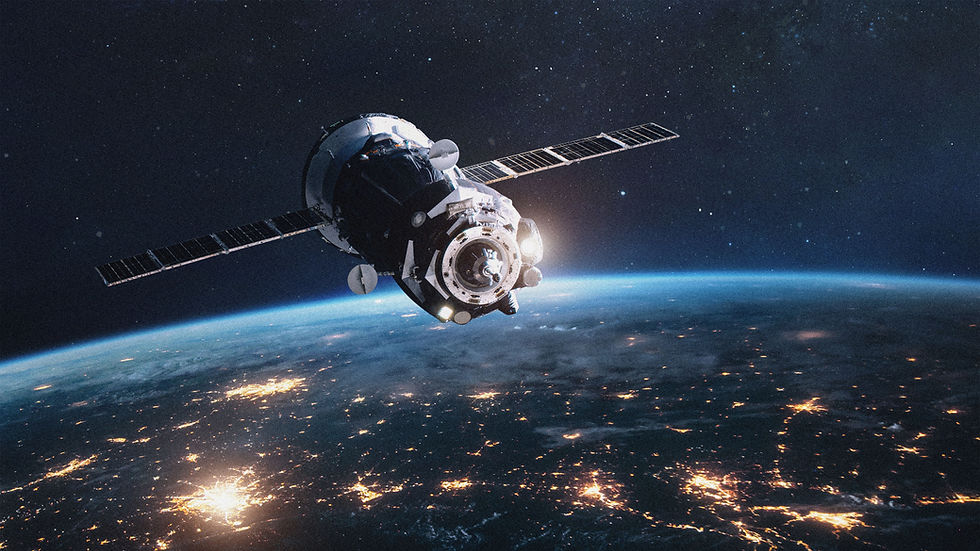An Engineer's Ambition: Goal-Setting for Your Future Science Career
- Presley Dooner
- Dec 26, 2021
- 3 min read
When you ask a young child what they want to be when they grow up, a typical answer is an astronaut, engineer, or doctor (or possibly a princess, dinosaur, or superhero). It is not uncommon for young children and even young adults (along with the young at heart) to dream boldly and aim for the stars. What we don't always think about is the steps we have to take to achieve these dreams, and oftentimes it can be hard or even discouraging trying to figure out where to start. The Aerospace and Innovation Academy makes it our mission to help students take their first steps in their future STEM careers. We do this by providing unique and distinctive real-world opportunities to help students hone in on their passions and to identify as STEM kids with a future in the aerospace industry.
One way we help students is through the learning of time management and goal-setting. When a student takes on real-world aerospace work, they naturally become more adept at managing their workload through mentorship and guidance. Educators aren't the only ones who can help students set goals and manage time, however; parents, family friends, and others can all help in this process. The key is for the student to set realistic goals-- ones that are not above the person's capabilities and are achievable within a reasonable timespan. Think SMART goals!

Goal-setting is the first step, but having a grit mindset and the ability to persevere in order to achieve a goal requires support. Seeing goals as manageable challenges along the way to a larger plan is a good way to help reinforce the need for time management. There are plenty of resources and activities online to assist kids in setting goals for themselves with little guidance. Setting goals gives us focus, hope, motivation, and direction to get us where we want to be, and as is the case for students, these mini-goals can even function as "steps" towards a larger end goal such as a future career.
There are plenty of ways to focus goal-setting on future careers. An IDP, or Individual Development Plan, can be very helpful in helping one figure out how to get the experience and information they will need for the future. This plan will help students determine what skills or training they may need, what classes they may want to take in high school or college, or even what opportunities they will want to take part in . The sky is never the limit if we're shooting for the cosmos, but having a solid plan with measurable goals along the way better ensures the likelihood of seeing those dreams come to fruition.
On Episode 34 of "Let's Go To Space: BLUESKY Learning" podcast, we had the privilege to discuss how goal-setting helped motivate Tess Caswell, an Extra Vehicular Activity, or E.V.A Operations Engineer at NASA to achieve her dream of working as an engineer, but how it also affects her life at NASA. Caswell's work involves planning spacewalks and preparing astronauts to conduct those walks.. She has also worked as an Environmental Systems officer in mission control for the International Space Station, lived for a month in a simulated space station as part of NASA's Human Exploration Research Analog, and served as Lead Capsule Controller at the private aerospace company Blue Origin. These experiences, or goals along the way, help her make informed decisions for the astronauts she works with regularly. During our interview you'll get to hear about the goal-setting she was doing at a young age, and what her career opportunities mean specifically as a woman in STEM. If you'd like to hear the details of her inspiring ambition, give us a listen on Spotify, Apple Podcasts, Youtube, or your preferred method of podcast-listening. We have plenty of other interviews with inspirational, goal-setting individuals as well!





Comments